Table of Content
Sankat Nashan Ganesh Stotram
![Ganpati Murti]()
॥ श्री गणेशायनमः ॥
नारद उवाच -
प्रणम्यं शिरसा देव गौरीपुत्रं विनायकम ।
भक्तावासं: स्मरैनित्यंमायु:कामार्थसिद्धये ॥1॥
प्रथमं वक्रतुंडंच एकदंतं द्वितीयकम ।
तृतीयं कृष्णं पिङा्क्षं गजवक्त्रं चतुर्थकम ॥2॥
लम्बोदरं पंचमं च षष्ठं विकटमेव च ।
सप्तमं विघ्नराजेन्द्रं धूम्रवर्ण तथाष्टकम् ॥3॥
नवमं भालचन्द्रं च दशमं तु विनायकम ।
एकादशं गणपतिं द्वादशं तु गजाननम ॥4॥
द्वादशैतानि नामानि त्रिसंध्य य: पठेन्नर: ।
न च विघ्नभयं तस्य सर्वासिद्धिकरं प्रभो ॥5॥
विद्यार्थी लभते विद्यां धनार्थी लभते धनम् ।
पुत्रार्थी लभते पुत्रान् मोक्षार्थी लभते गतिम् ॥6॥
जपेद्वगणपतिस्तोत्रं षड्भिर्मासै: फलं लभेत् ।
संवत्सरेण सिद्धिं च लभते नात्र संशय: ॥7॥
अष्टभ्यो ब्राह्मणेभ्यश्च लिखित्वां य: समर्पयेत ।
तस्य विद्या भवेत्सर्वा गणेशस्य प्रसादत: ॥8॥
॥ इति श्रीनारदपुराणे संकष्टनाशनं गणेशस्तोत्रं सम्पूर्णम् ॥
Sankat Nashan Ganesh Stotram Lyrics
![Ganpati Murti]()
Pranamya shirasa devam Gauri putram Vinayakam ।
Bhakthavasam smaretrityamayuh kama artha sidhaye ॥1॥
Prathamam Vakratundam cha, Ekadantam dwitiyakam ।
Tritiyam Krushna Pingaksham, Gajavaktram Chaturthakam ॥2॥
Lambodaram Panchamam cha, Sashtam Vikatamev cha ।
Saptamam Vignarajam cha, Dhoomravarnam tathashtamam ॥3॥
Navamam Bhalchandram cha, Dashamam tu Vinayakam ।
Ekadasham Ganapatim, Dwadasham tu Gajananam ॥4॥
Dwadasaithani namani, Trisandhyam yah pathenara ।
Na cha vighna bhayam tasya, Sarvsiddhi karam param ॥5॥
Vidhyarthi labhate Vidhyam, Danarthi labhate Dhanam ।
Putrarthi labhate Putran, Moksharthi labhate Gateem ॥6॥
Japet Ganapati stotram, Shadbhirmasai phalam labheth ।
Samvatsarena sidhim cha, Labhate natra sanshaya ॥7॥
Ashtabhyo Brahmoyashr Likihitwa yh samarpayet ।
Tasya Vidhya bhavetsarva Ganeshsya Prasadatah ॥8॥
॥ Iti Shri Narad Purane Sankat nashanam Ganesh Stotram Sampurnam ॥
Sankat Nashan Ganesh Stotram in Bengali
![Ganpati Murti]()
|| সংকষ্ট নাশন গণেশ স্তোত্রং ||
প্রণম্য় শিরসা দেবং গৌরীপুত্রং বিনায়কম্ ||
ভক্তাবাসং স্মরেন্নিত্য়ং আয়ুষ্কামার্থসিদ্ধয়ে || ১ ||
প্রথমং বক্রতুংডং চ একদংতং দ্বিতীয়কম্ |
তৃতীয়ং কৃষ্ণপিংগাক্ষং গজবক্ত্রং চতুর্থকম্ || ২ ||
লংবোদরং পংচমং চ ষষ্টং বিকটমেব চ |
সপ্তমং বিঘ্নরাজং চ ধূম্রবর্ণং তথাষ্টমম্ || ৩ ||
নবমং ভালচংদ্রং চ দশমং তু বিনায়কম্ |
একাদশং গণপতিং দ্বাদশং তু গজাননম্ || ৪ ||
দ্বাদশৈতানি নামানি ত্রিসংধ্য়ং য়ঃ পঠেন্নরঃ |
ন চ বিঘ্নভয়ং তস্য় সর্বসিদ্ধিকরঃ প্রভুঃ || ৫ ||
বিদ্য়ার্থী লভতে বিদ্য়াং ধনার্থী লভতে ধনং |
পুত্রার্থী লভতে পুত্রান্মোক্ষার্থী লভতে গতিম্ || ৬ ||
জপেদ্গণপতিস্তোত্রং ষড্ভির্মাসৈঃ ফলং লভেত্ |
সংবত্সরেণ সিদ্ধিং চ লভতে নাত্র সংশয়ঃ || ৭ ||
অষ্টেভ্য়ো ব্রাহ্মণেভ্য়শ্চ লিখিত্বা য়ঃ সমর্পয়েত্ |
তস্য় বিদ্য়া ভবেত্সর্বা গণেশস্য় প্রসাদতঃ || ৮ ||
|| ইতি শ্রী নারদ পুরাণে সংকষ্টনাশন গণেশত্রোত্রং সংপূর্ণম্ ||
Sankat Nashan Ganesh Stotram in Gujrati
![Ganesh Chaturthi]()
પ્રણમ્ય શિરસા દેવં ગૌરીપુત્રં વિનાયકમ્ |
ભક્તાવાસં સ્મરેન્નિત્યમાયુ: કામાર્થ સિદ્ધયે || 1 ||
પ્રથમ વક્રતુણ્ડં ચ એકદન્તં દ્વિતિયકમ્ |
તૃતીયં કૃષ્ણપિંગાક્ષં ગજવકત્રં ચતુર્થકમ્ || 2 ||
લંબોદર પંચમ ચ ષષ્ઠં વિકટમેવ ચ |
સપ્તમં વિધ્નરાજં ચ ધૂમ્રવર્ણ તથાષ્ટકમ્ || 3 ||
નવમં ભાલચન્દ્રં ચ દશમં તુ વિનાયકમ્ |
એકાદશં ગણપતિં દ્વાદશં તુ ગજાનનમ્ || 4 ||
દ્વાદશૈતાનિ નામાનિ ત્રિસંધ્યં ય: પઠેન્નર: |
ન ચ વિધ્નભયં તસ્ય સર્વ સિદ્ધિકરં પરમ્ || 5 ||
વિદ્યાર્થી લભતે વિદ્યા ધનાર્થી લભતે ધનમ્ |
પુત્રાર્થી લભતે પુત્રાન્ મોક્ષાર્થી લભતે ગતિમ્ || 6 ||
જપેદ્ ગણપતિસ્તોત્રં ષડભિર્માસૈ: ફલમ્ લભેત |
સંવત્સરેણ સિદ્ધં ચ લભતે નાત્ર સંશય: || 7 ||
અષ્ટભ્યો બ્રાહ્મણેભ્યશ્ચ લિખિત્વા ય: સમર્પયેત |
તસ્ય વિદ્યા ભવેત્સર્વા ગણેશસ્ય પ્રસાદત: || 8 ||
॥ ઇતિ શ્રીનારદપુરાણે સંકટનાશનં ગણેશસ્તોત્રં સંપૂર્ણમ્
Significance of Ganesh Stotram
The Ganesh Stotram, also known as Ganesh Stotram, is a set of specific Sanskrit verses that hold deep significance in the Hindu religion. These hymns are devoted to Lord Ganesh, also known as Vinayaka, the deity of wisdom and intellect, identified for removing obstacles.
Chanting the Ganesh Stotram is regarded as a means to receive Lord Ganesh's blessings. As Ganesh is believed to embody the energy underlying the creation of the universe, it is thought that invoking him through these hymns can help channel this universal energy, thus removing barriers in one's path.
Ganesh Pancharatnam, a popular version of the Ganesh Stotram, was composed by Adi Sankara in the 8th century. This stotra epitomizes Ganesh as Vinayaka and translates to "The five jewels in praise of Sri Ganesh," where the five jewels correspond to the first five verses.
Moreover, the Ganesh Stotram is known for its ability to alleviate sorrows and obstacles in life, as exemplified by the Sankata Nashana Ganesh Stotram. Reciting this Stotram is anticipated to bring immense benefits and prosperity. Hence, it is frequently used during prayers and pujas dedicated to Lord Ganesh.
Benefits of Ganesh Stotram
![Ganpati murti]()
The Ganesh Stotram, dedicated to Lord Ganesh, promotes numerous benefits to the individual chanting it. These are often spiritual, psychological, and contribute to overall well-being.
The Stotram encapsulates the essence of Ganesh, invoking his divine attributes which are believed to benefit the chanters.
Chanting the Ganesh Stotram is also thought to bring prosperity and success. The recitation of the Stotram, as a way of offering prayers to Lord Ganesh, can enhance one's determination towards achieving their goals.
Moreover, chanting the Stotram early in the morning is believed to attract good fortune and cultivate a path to a healthy and prosperous life. Each verse of the Ganesh Stotram highlights different attributes of Lord Ganesh, and through chanting these verses, devotees seek to be bestowed with these qualities.
However, the experiences and effectiveness of reciting the Ganesh Stotram can differ based on an individual's faith, beliefs, and personal experiences. The mantra is traditionally chanted with reverence, sincerity, and a deep understanding of its significance in order to experience its potential benefits.
When to Chant Ganesh Stotram
Traditionally, the Ganesh Stotram is generally recited during specific times to derive the most benefits. It is considered particularly auspicious to chant the Ganesh Stotram on the eve of Ganesh Chaturthi, a festival dedicated to Lord Ganesh. This occasion honors Lord Ganesh, and the act of reciting the Stotram pays tribute to the deity on this special day.
Additionally, it is also advised to recite the Ganesh Stotram during the morning hours. The early morning practice is considered to attract good health and prosperity.
However, beyond these specifically recommended times, the Ganesh Stotram can also be chanted on a regular basis. This can aid in calming the mind, fending off negative influences, and promoting happiness along with good health.
The timing and frequency of chanting the Ganesh Stotram can differ based on individual practices and beliefs. Yet, it is crucial to frequently recite this hymn with an understanding of its profound significance and with sincerity to ensure its effectiveness.
Sankat Nashan Ganesh Stotram Images And PDF
Sankat Nashan Ganesh Stotram Images
![Sankat Nashan Ganesh Stotram Images.png Sankat Nashan Ganesh Stotram Images]()
![Sankat Nashan Ganesh Stotram Images (1).png Sankat Nashan Ganesh Stotram Images (1)]()
![Sankat Nashan Ganesh Stotram Images (2).png Sankat Nashan Ganesh Stotram Images (2)]()
![Sankat Nashan Ganesh Stotram Images (3).png Sankat Nashan Ganesh Stotram Images (3)]()
Sankat Nashan Ganesh Stotram Pdf Free Download
![Aarti.jpg]()
Book A Celebrity To Chant the Sankat Nashan Ganesh Stotram For You
Imagine having a personalised stotra chanted by our celebrities at your family event? Yes it is possible to make singers like, Shankar Mahadevan, Aarya Ambekar, Rekha Bhardwaj, Vaishali Samant, Sonu Kakkar, and Kishori Shahane to chant a stotra for your family’s well being.
Tring helps you book a personalised video stotra for your loved ones on the special occasion of Ganesh Chaturti. With the message you customise for them.
![book-your-stotram-viideo-now-button]()
![birthday occasion]() Birthday Gifts
Birthday Gifts
![anniversary occasion]() Anniversary Gifts
Anniversary Gifts
![women]() Women
Women
![men]() Men
Men
![Couples]() Couples
Couples
![Couples]() Wedding Gifts
Wedding Gifts

 Birthday Gifts
Birthday Gifts
 Women
Women
 Men
Men
 Anniversary Gifts
Anniversary Gifts
 Wedding Gifts
Wedding Gifts
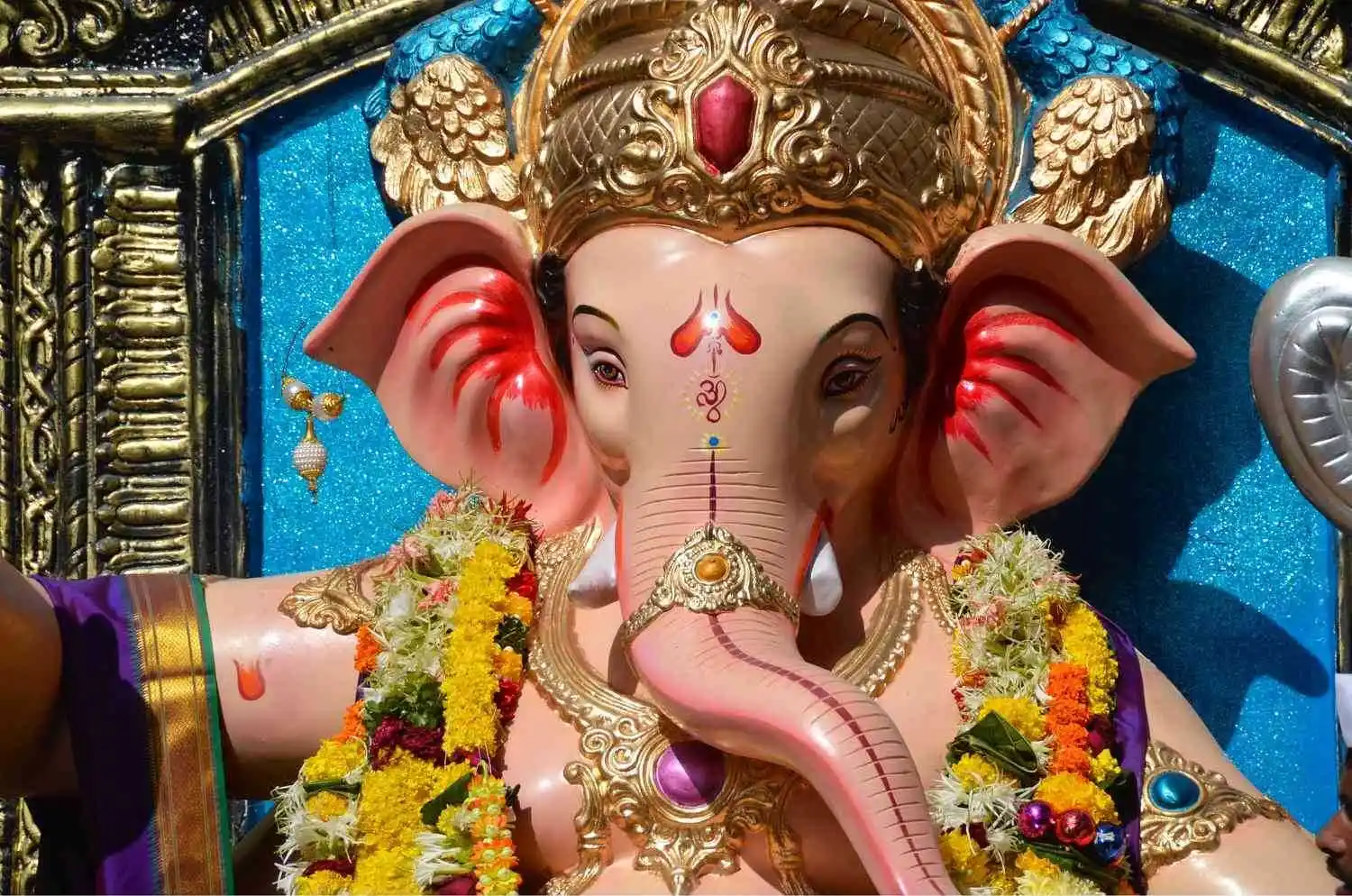
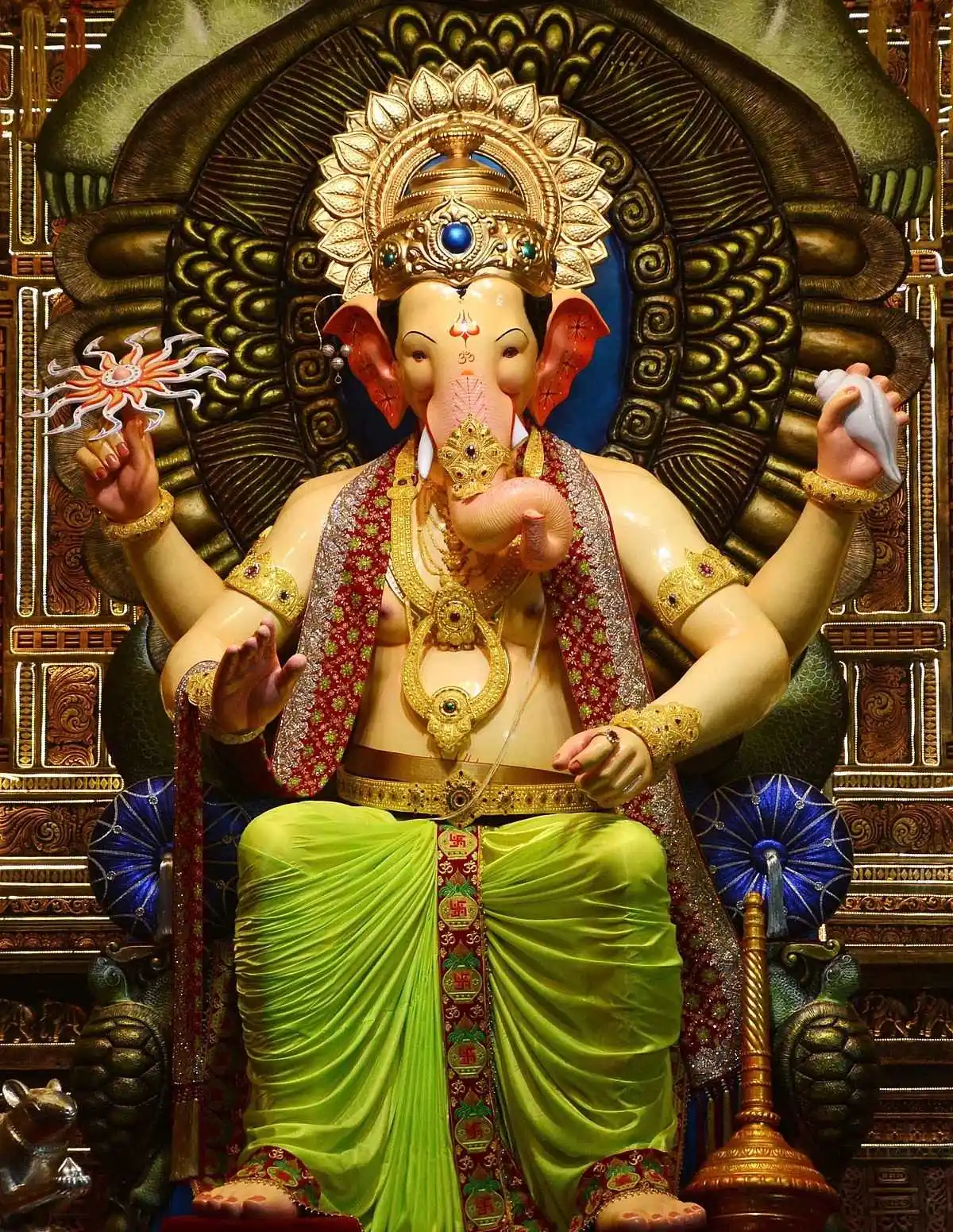
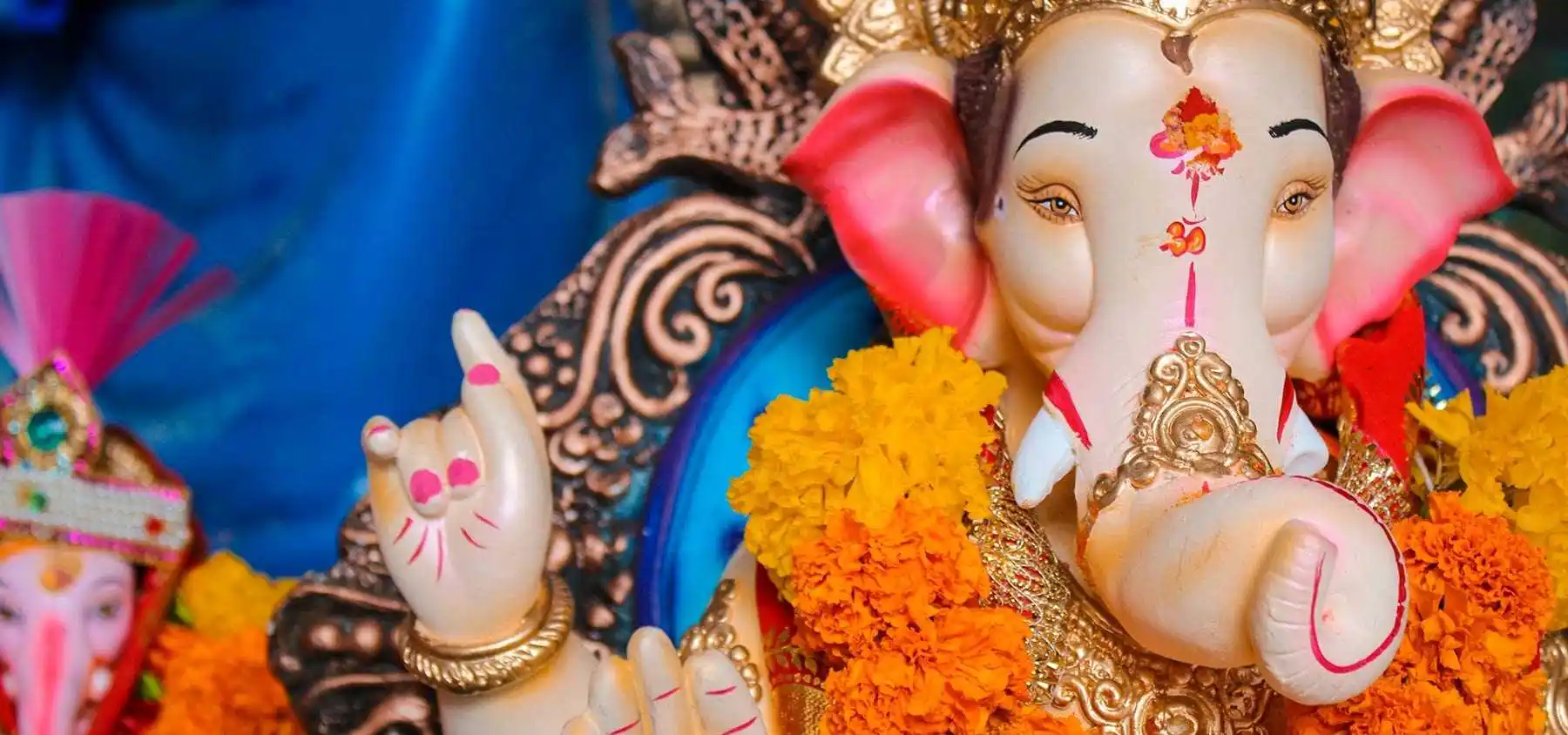
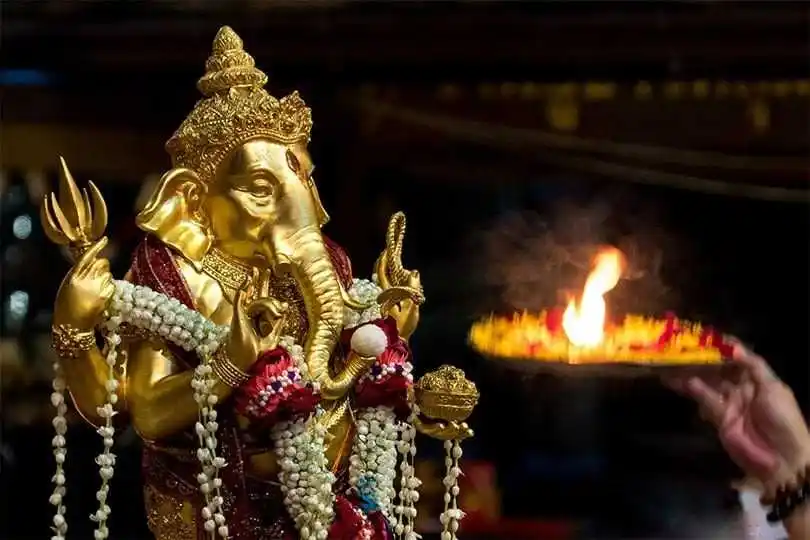
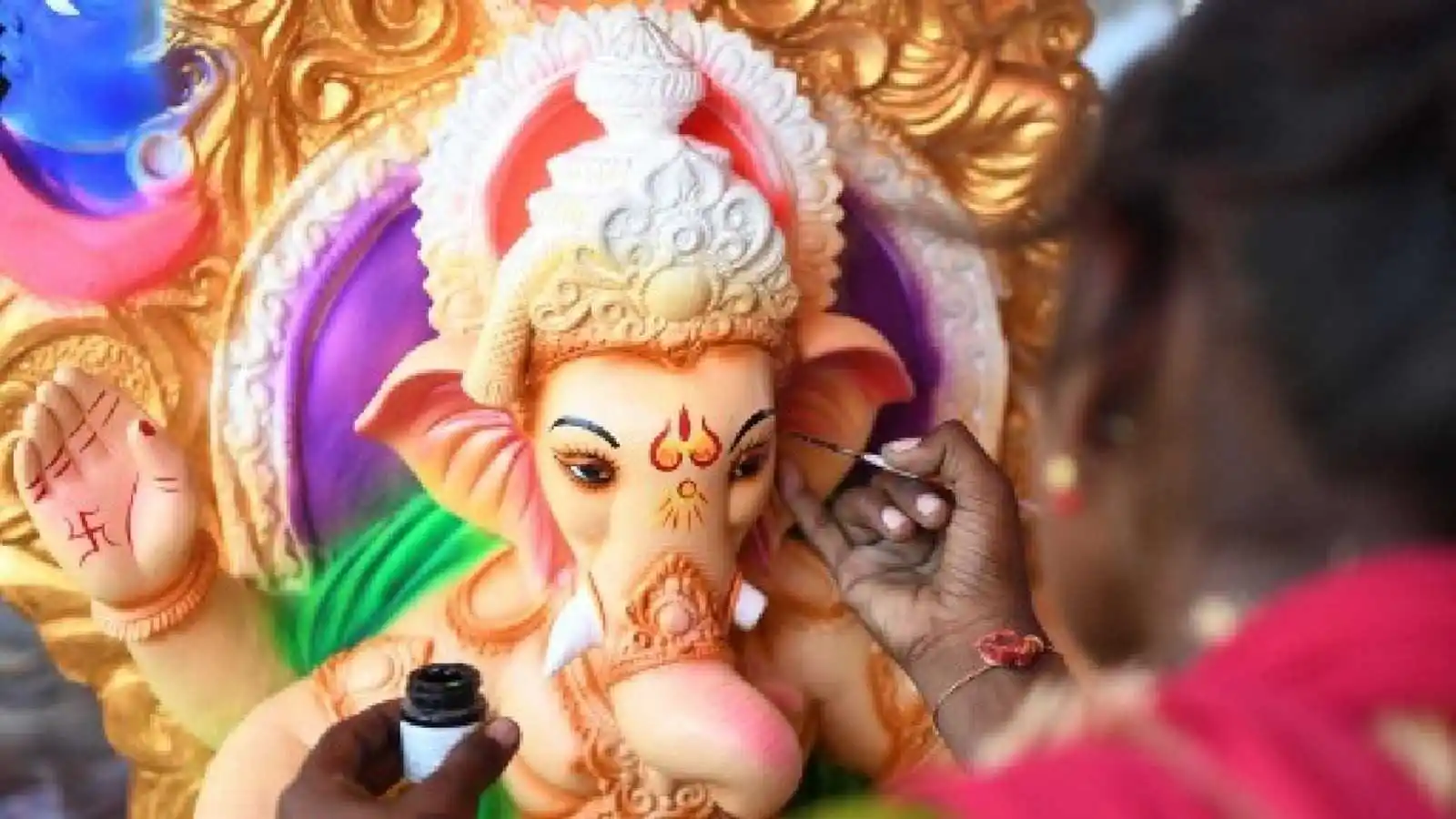
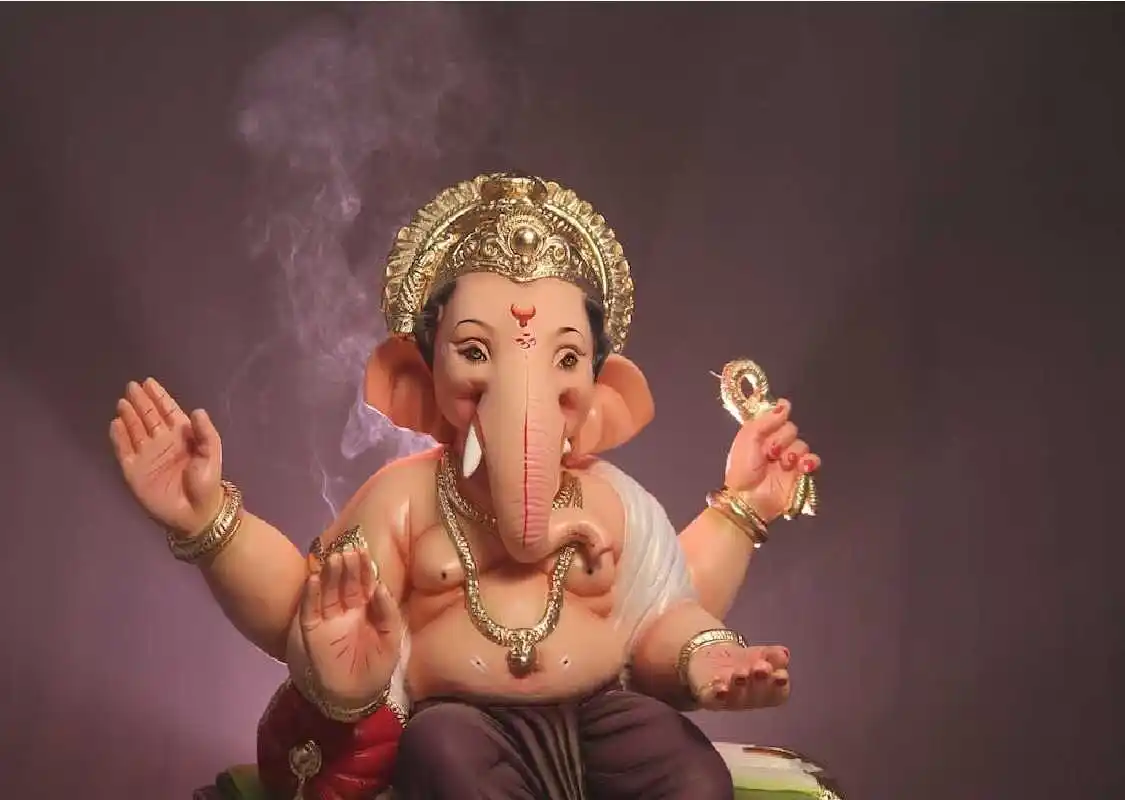
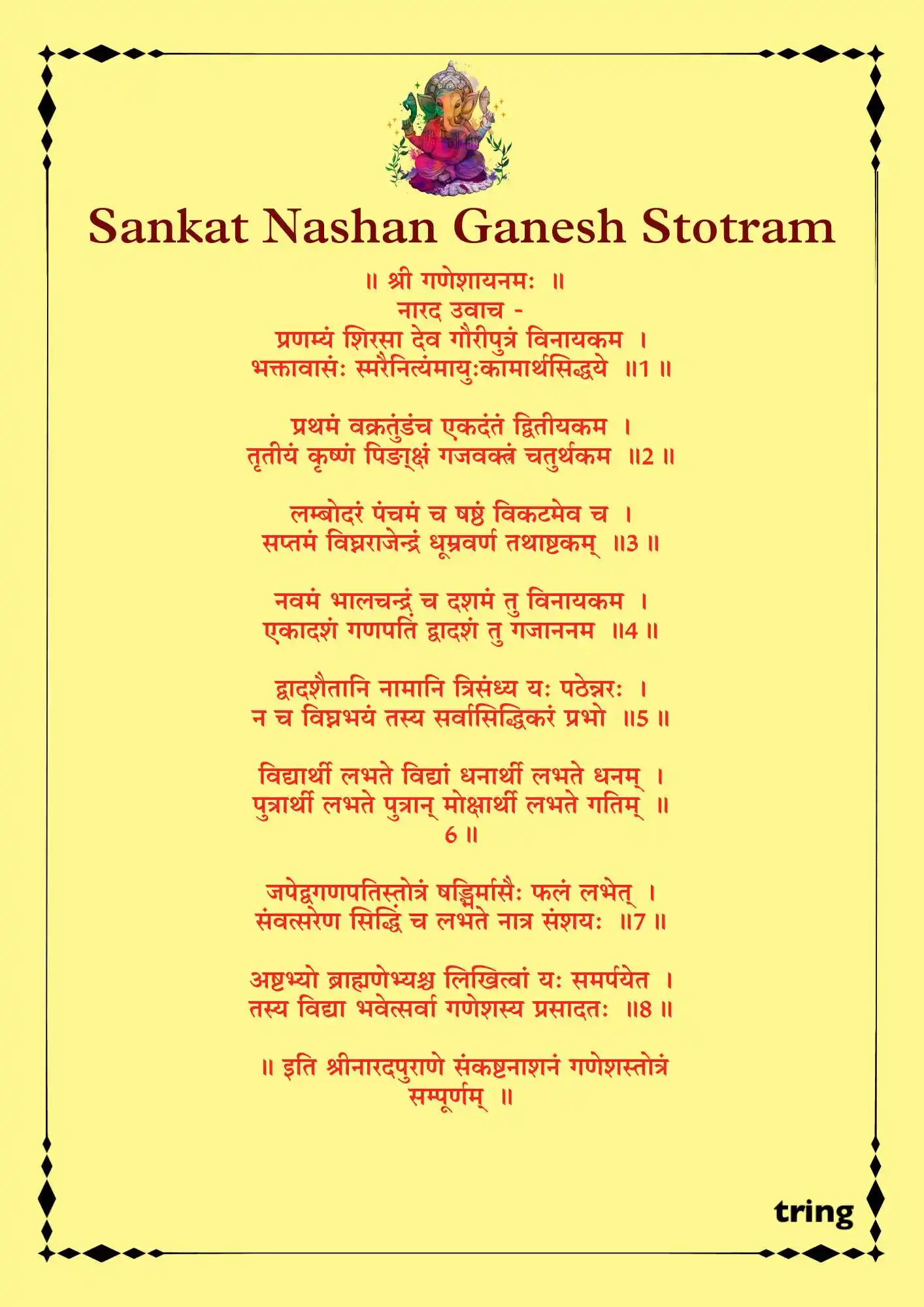


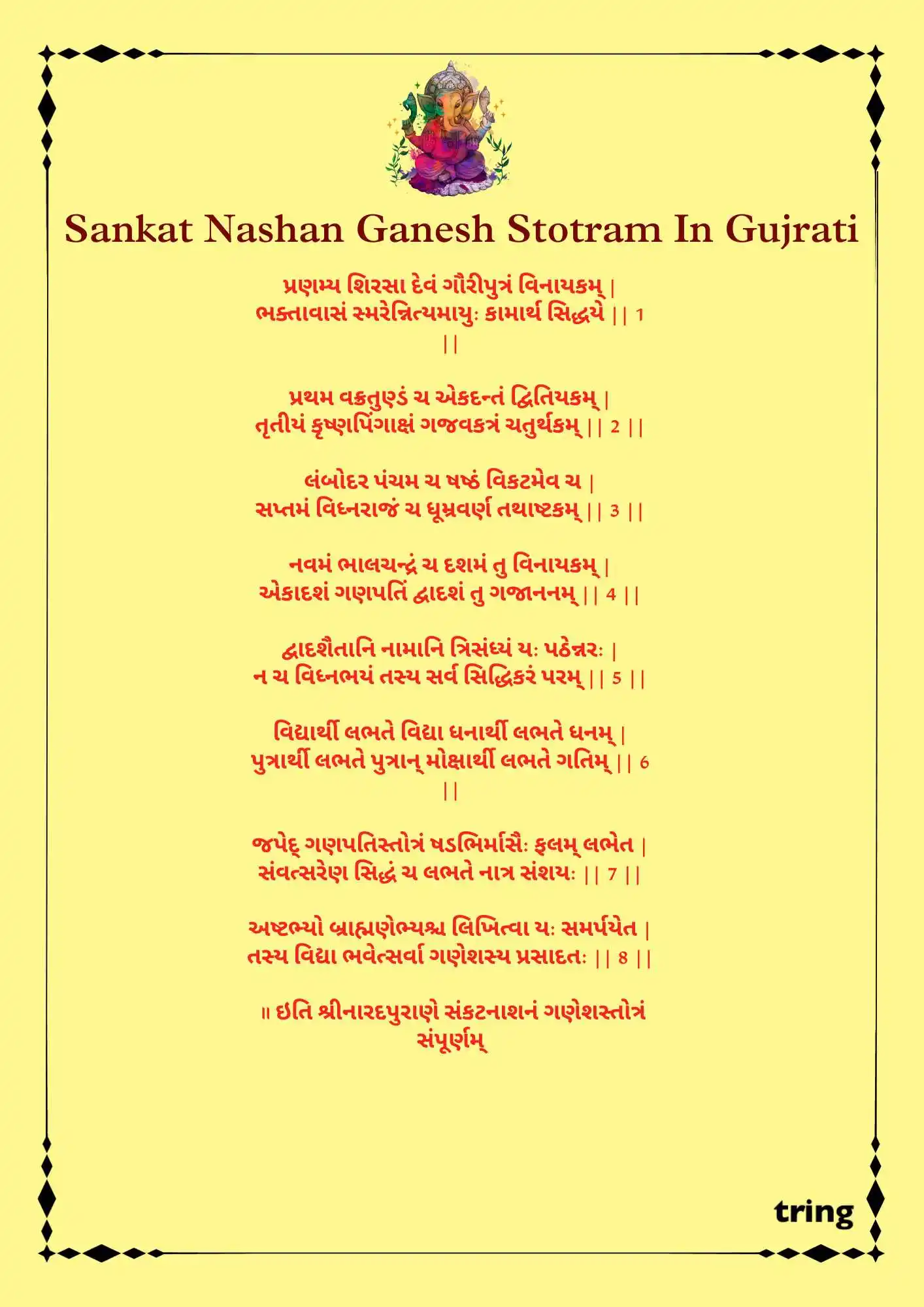








 We now support international payments
We now support international payments
